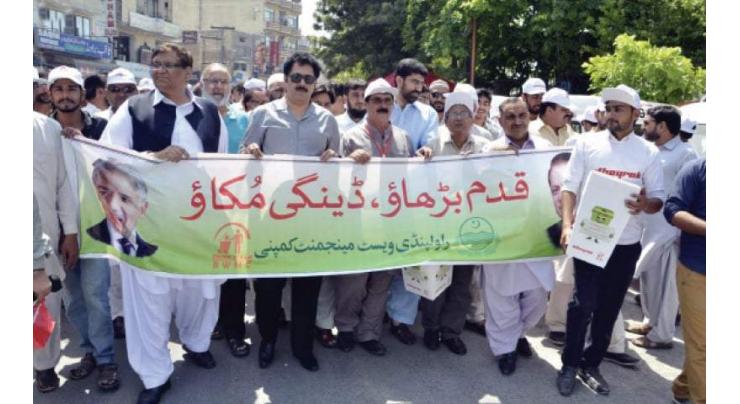He citizen liaison cell staff of the Water and Sanitation Agency (WASA) visited Government Girls High School ABC Road and delivered an awareness lecture regarding dengue preventive measures, on Tuesday
FAISALABAD, (UrduPoint / Pakistan Point News – 14th Jan, 2025) The citizen liaison cell staff of the Water and Sanitation Agency (WASA) visited Government Girls High school ABC Road and delivered an awareness lecture regarding dengue preventive measures, on Tuesday.
The team also distributed pamphlets among teachers and students.
The team’s leader said, “Dengue mosquitoes start growing with change of weather hence we should adopt preventive measures for safety from dengue mosquitoes.”
Meanwhile, Managing Director Amir Aziz said that every segment of the society should play role in eradication of dengue larvae.
He said that the citizen liaison wing of the authority is regularly organizing awareness programs by visiting schools, colleges, madrasas, masjids, union councils in addition to holding meetings with communities.
The MD said that anti-dengue SOPs (Standard Operating Procedures) are being followed in letter and spirit.
He said that disposal stations and all WASA departments are being cleaned on a daily basis while officers and staff have been directed to drain accumulated water found anywhere in the office premises.




